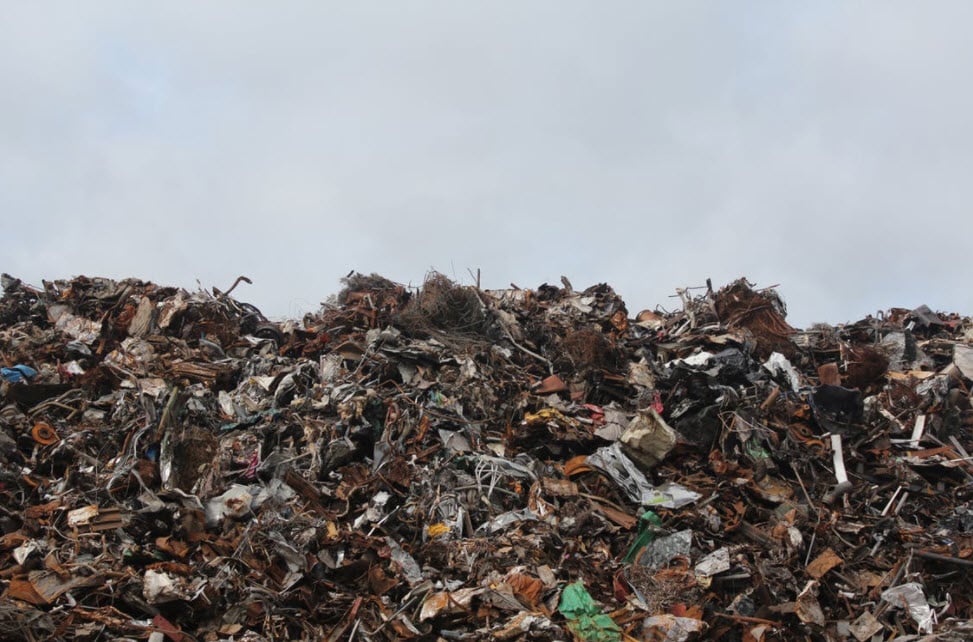
Are you a waste hauler? Does your business generate solid waste in New York? If so, you should be aware of the new solid waste regulations went into effect November 4, 2017. These are the first major revisions to the State’s solid waste program in more than 20 years!
The new regulations are so comprehensive and will affect so many industries across the State. For this post, we provide what we think are 8.5 major takeaways of the DEC’s new solid waste program:
1. Every aspect of New York’s solid waste program is impacted. The new regulations are broad and comprehensive. Dozens of industries and thousands of businesses across the State will be impacted. In-house counsel and environmental compliance officers should become familiar with these new rules as soon as possible.
2. DEC reorganized and created new regulatory parts to make it easier (in theory) for regulated community to follow. DEC decided to subdivide the previous Part 360 (which covered various facilities and programs) into several new subparts, and repeal other parts and adopt revised versions. In a September 2017 rulemaking notice, DEC acknowledged that the purpose of the new regulatory scheme is to reorganize and subdivide the previous rules so that facilities could be placed into groups that are similar in nature. Here is the new general layout:
· Part 360 (General Requirements);
· Part 361 (Material Recovery Facilities);
· Part 362 (Combustion, Thermal Treatment, Transfer and Collection Facilities);
· Part 363 (Landfills);
· Part 364 (Waste Transporters);
· Part 365 (Regulated Medical Waste and Other Infectious Wastes);
· Part 366 (Local Solid Waste Management Planning); and
· Part 369 (State Assistance Projects).
3. These new rules bring increased costs for some. The new rules provide for changes that will result in direct increased costs to affected industries. For example, municipal solid waste (MSW) landfills, MSW combustion facilities, and composting & organics processing facilities will see increased costs associated with the installation and maintenance of new radiation detectors. Additionally, construction and debris (C&D) facilities that were previously not required to be permitted (based on amount of waste transported) will now see added costs in obtaining permits where the rules lower thresholds. Facility owner, managers and in-house environmental officers should be aware of these new added costs of compliance.
4. There will be an increase in paperwork, but the new regulations allow for electronic submission. Waste transporters of C&D debris, fill material, non-exempt drilling and production waste, and commercial waste can expect additional applications and paperwork requirements. These facilities will be required to register under the new Part 364 and comply with reporting requirements. However, DEC also intends to develop new forms and standardize electronic submission (whenever possible) to ease the paperwork requirements imposed by the new regulations.
5. Significant changes to DEC’s “Beneficial Use Designation”. The new Part 360.12 will cover DEC’s Beneficial Use Designation (BUD) of waste. “Beneficial Use” are wastes that are used as an acceptable substitute for commercial products or raw materials. DEC’s new regulations include 26+ BUDs (increase from the previous 16) and now include things like oil and grease, as well as uncontaminated wood pallets. (These new rules are impactful and will be covered under a separate blog post).
6. New Requirements for Pre-Determined Beneficial Use of Fill Material. DEC will not require all excavated soil or fill to be sampled. However, all fill material generated in New York City will be required to be tested if more than 10 cubic yards, if generated from a single site, and if there is historical evidence of contamination at the site. Fill material will need to be analyzed for pesticides, metals, polychlorinated biphenyls (PCBs) and semi-volatile organic compounds (SVOCs). However, DEC has made clear that any fill material excavated outside of New York City that shows no evidence of contamination (and does not fall into the categories of fill material in subdivision 360.13(f)) can be used off site without restriction.
7. Some decreased costs. The new regulations are not all bad news. For example, DEC determined that small transporters of solid waste will be able to operate without a permit. The new regulations instruct that the amount of material that can be transported without a permit will be increased from 500 to 2,000 pounds per truckload.
8. The public comments were primarily focused on BUD and fill material. DEC reports that most comments during the last comment period were focused on Part 360’s pre-determined BUD and the fill material sections proposed in Sections 360.12 and 360.13. In response to the public comments, the DEC made several changes to the final rules.
8.5 Things are just as complex as they were. Despite the DEC’s best efforts to make its regulations easier on the regulated community, things are just as complex as they were. The regulations add new terms (defined and undefined) that will undoubtedly cause confusion to facility owners, operators and environmental compliance offers. Affected facilities should become familiar with these new rules in order to avoid as many compliance issues in the future.
Call the attorneys at Periconi, LLC at (212) 213-5500 if your business if affected by the DEC’s new solid waste regulations or if you need more information.

